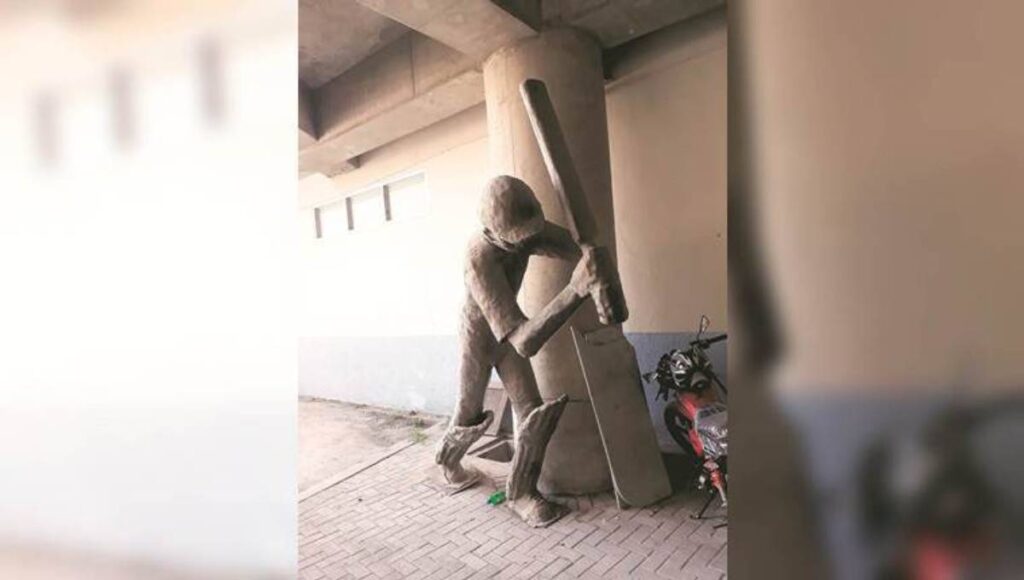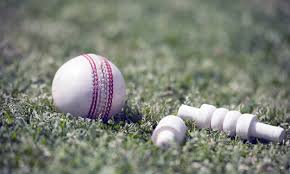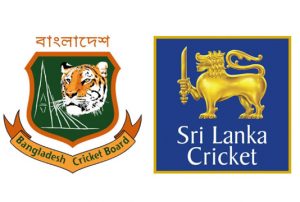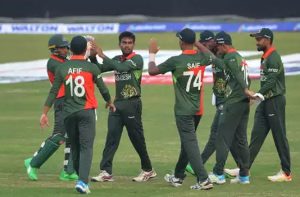In the bowels of the southern stand at Sabina Park, a bunch of kids are idling away near a rusty statue of a batsman, frozen in his imperious follow through after an on-drive . Time and neglect have eroded its legs to the extent that it could tumble any time, like a batman losing his balance. For all it’s worth now, it’s a piece of scrap, unattended, and possibly unwanted, reports The Indian Express.
The crumbling statue is of George Headley, arguably the greatest Jamaican batsman and the first Caribbean batsman who entered the collective consciousness of the cricketing fraternity. Or, to reproduce their former prime minister Michael Manley’s words, “black excellence personified in a white world and a white sport”. Certainly, there’s a stand named after him in token gratitude (apparently a section of the board wanted to rename it as ‘Chris Gayle Stand’) and a primary school in the neighbourhood.
But his name hardly strikes a chord with fans around here. Time is a factor, of course. Headley played his last first-class game in 1954. There is hardly any footage of his batting from that pre-television era. And Jamaica barely had cricket chroniclers back then to pen his greatness in pages for posterity. There are a few biographies, but Jamaicans aren’t as much into reading books as they’re into reggae and liming.
The statue once stood regally at the entrance of the stand named after him, but during the pre-2007 World Cup facelift, it was dismantled and never reinstated. Imagine a languishing statue of Don Bradman anywhere in Sydney or Adelaide.
It’s symbolic of his lost legacy. Early this year, there was a national poll to pick the 10 national heroes from a list of 50. Among them was Headley’s too, but he ended up 35th. Chris Gayle came 10th, while the likes of Usain Bolt and Bob Marley ended up in the top-five.
It surprised political analyst Lance Neita, a regular cricket watcher. “He was a national hero. In his time Headley was already a treasured national icon, the people’s hero, and one about whom songs and sonnets were written and published in the newspapers and sold as pamphlets on street corners and at public functions,” he says.
Headley’s peak was interrupted by the World War 2 — he played only 22 Tests, but his numbers still are glittering: 2190 runs at 60.83 including 10 hundreds. His impact, though, went beyond the boundary. “It’s often a neglected chapter of his career. Jamaica at that time was going through a bitter struggle against slavery. The name of the ground itself is named after a slave who killed her daughter because she didn’t want her to endure what he had. It was as that time where Jamaica was looking for a hero, Headley began conquering the cricket world. This enlightened them, gave the freedom struggle the impetus.” he says.
A decade before Frank Worrell became the first black captain of the West Indies, there was a growing demand for Headley to be appointed the skipper, but it didn’t happen because of the staunch opposition of the white members of the team.
Neita reckons that if Headley had the ambition, he would have become a minister. “But he was sort of reclusive. Only cricket mattered to him. And then his family shifted to England and people began to forget him,”reports The Indian Express.




